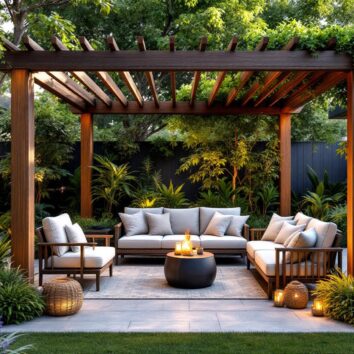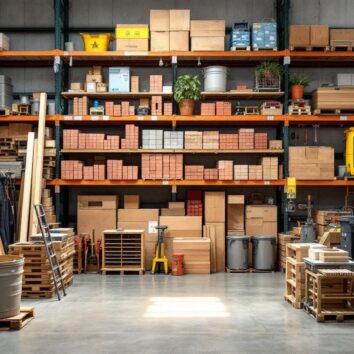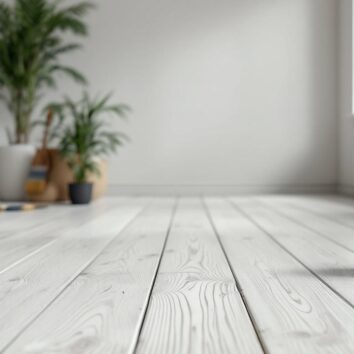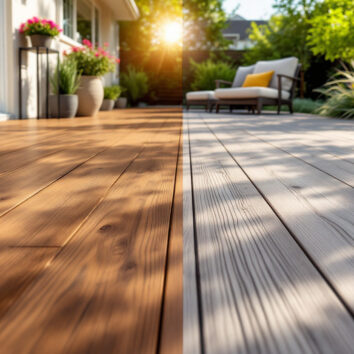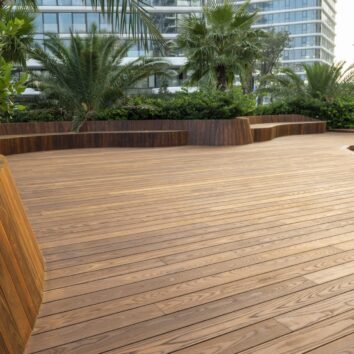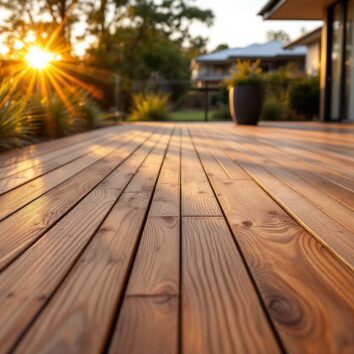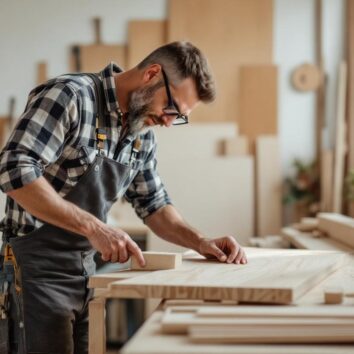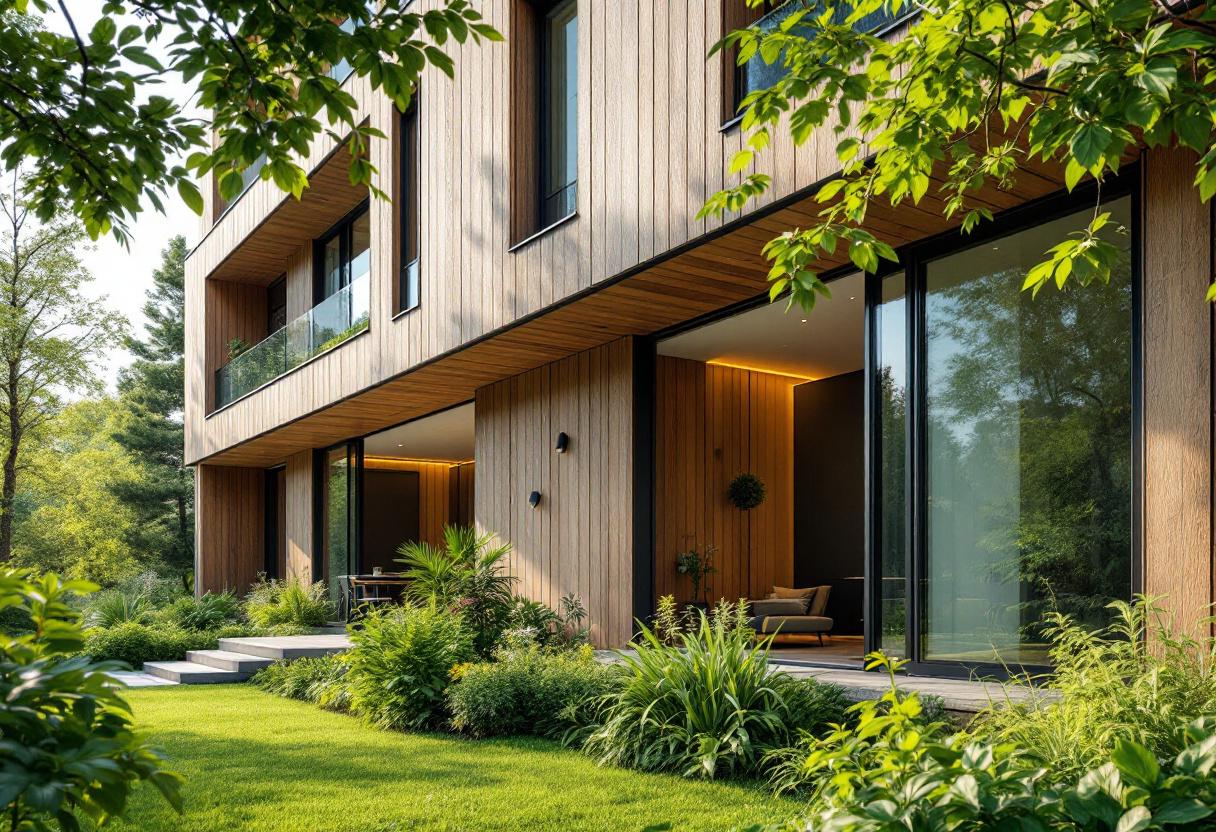
Introduction to Weathertex Cladding
Weathertex is a renowned Australian-made cladding product celebrated for its eco-friendly credentials and durability. As homeowners and builders increasingly seek sustainable building materials, Weathertex has emerged as a preferred choice for exterior cladding in residential and commercial construction. Manufactured from 100% natural Australian hardwood, Weathertex offers a unique blend of environmental responsibility, aesthetic appeal, and practical performance. Its commitment to sustainability is reflected not only in its product composition but also in its manufacturing processes, which prioritize minimal waste and energy efficiency.
One of the standout features of Weathertex is its ability to withstand the harsh Australian climate. Whether it’s the intense sun, heavy rains, or strong winds, Weathertex cladding is designed to endure, ensuring that homes maintain their beauty and structural integrity over time. Additionally, the product is treated to resist termites and other pests, reducing the need for chemical treatments that can harm the environment.
Furthermore, Weathertex comes in a variety of finishes and profiles, allowing homeowners to achieve their desired aesthetic without compromising on sustainability. From smooth, contemporary lines to textured, rustic appearances, the versatility of Weathertex means it can complement a wide range of architectural styles. This adaptability not only enhances the visual appeal of a property but also increases its market value. As more builders and architects recognize the importance of sustainable design, Weathertex is becoming a staple in innovative building projects across Australia.
What Exactly Is Weathertex?
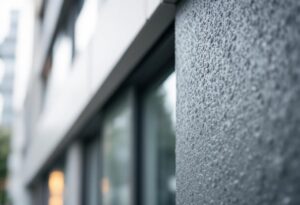
Weathertex is a timber cladding product made entirely from natural hardwood timber sourced from Australian plantations. Unlike many other cladding materials, Weathertex is produced without the addition of synthetic binders or adhesives. The manufacturing process involves milling the hardwood into sheets, which are then grooved or patterned to create a decorative and protective exterior surface.
One of the key features of Weathertex is its natural composition, which means it is free from chemicals, solvents, or volatile organic compounds (VOCs) often found in alternative cladding materials. This makes Weathertex not only environmentally sustainable but also safer for indoor air quality when used in construction.
Australian Origin and Sustainability
Weathertex proudly supports Australian forestry practices, sourcing timber from sustainably managed plantations. This ensures that the raw materials are renewable and harvested with minimal environmental impact. The use of plantation-grown hardwood also contributes to reducing deforestation pressures on native forests.
Additionally, Weathertex’s manufacturing process is designed to be energy-efficient and waste-minimizing, with by-products often repurposed or recycled. This aligns with the growing demand among Australian builders and homeowners for products that contribute to a circular economy.
In addition to its sustainable practices, Weathertex is known for its durability and resilience in various weather conditions. The natural properties of hardwood timber allow it to withstand the harsh Australian climate, resisting warping, cracking, and fading over time. This longevity not only enhances the aesthetic appeal of buildings but also reduces the need for frequent replacements, further minimizing environmental impact.
Moreover, Weathertex offers a wide range of finishes and styles, allowing architects and designers to create unique facades that complement both modern and traditional architecture. From sleek contemporary lines to rustic textures, the versatility of Weathertex makes it an attractive choice for residential and commercial projects alike. The ability to customize the appearance of the cladding ensures that it can meet the diverse tastes and preferences of homeowners and builders, making it a popular option in the Australian construction market.
Weathertex Compared to Other Cladding Options
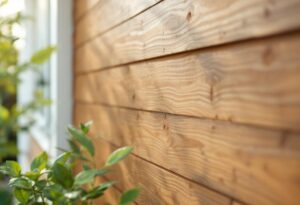
Weathertex vs Fibre Cement Sheeting
Fibre cement sheeting is a popular cladding choice in Australia due to its excellent fire resistance, durability, and low maintenance requirements. It withstands harsh weather conditions and is highly resistant to termites, making it a reliable option for long-term structural integrity. However, its energy-intensive manufacturing process and use of synthetic materials make it less environmentally friendly. Additionally, fibre cement is heavier and more brittle, which can complicate installation and increase labor costs.
Weathertex, crafted from 100% natural Australian hardwood, offers a more sustainable alternative with a lower environmental footprint. Its natural timber composition provides a warmer, more inviting aesthetic, appealing to those seeking a natural look. Weathertex is also lightweight and flexible, simplifying installation and reducing construction time, making it a practical choice for builders. Both options are viable: fibre cement for its fire resistance and longevity, and Weathertex for its eco-friendliness and ease of use.
Weathertex vs Composite Cladding
Composite cladding, typically made from a blend of wood fibres and plastics, is valued for its weather resistance, low maintenance, and ability to mimic the appearance of natural timber. It’s a cost-effective option with a modern aesthetic, suitable for diverse architectural styles. However, the plastic content complicates recycling and disposal, potentially contributing to landfill waste. It may also release volatile organic compounds (VOCs) during production or installation, posing health concerns.
Weathertex, being 100% natural hardwood, is fully recyclable and biodegradable, offering a clear environmental advantage. It emits no harmful VOCs, ensuring a healthier environment for both installers and occupants. Weathertex’s natural durability also reduces the need for frequent replacements. Both products are practical: composite cladding for its low upkeep and modern appeal, and Weathertex for its sustainability and health benefits.
Weathertex vs Pine Timber
Australian pine timber is widely used in construction and cladding for its affordability, versatility, and ease of workability, making it a go-to choice for budget-conscious projects. Its light weight and ability to take stains or paints well allow for customization. However, as a softwood, pine is less durable than hardwoods and requires chemical treatments to resist rot, insects, and weathering, which can increase costs and environmental impact over time.
Weathertex, made from durable Australian hardwood, offers superior strength and natural resistance to decay and pests without the need for chemical treatments. Its robust composition ensures longevity, making it a low-maintenance cladding option. Weathertex also aligns with eco-conscious building practices due to its sustainable sourcing. Both are strong contenders: pine for its cost-effectiveness and versatility, and Weathertex for its durability and environmental responsibility.
Environmental Impact and Australian Building Standards
Supporting Sustainable Forestry
Choosing Weathertex supports the Australian forestry industry’s move towards sustainable plantation management. This helps reduce pressure on native forests and promotes biodiversity conservation.
The product’s lifecycle—from plantation growth to manufacturing and eventual recycling—reflects a commitment to responsible resource use and waste minimisation.
Compliance with Australian Standards
Weathertex meets or exceeds relevant Australian building codes and standards for cladding materials, including fire resistance, durability, and structural performance. This ensures that it is a safe and reliable choice for both residential and commercial projects.
Builders and architects can specify Weathertex with confidence, knowing it aligns with regulatory requirements and best practices for sustainable construction.



































